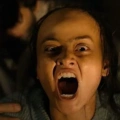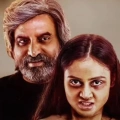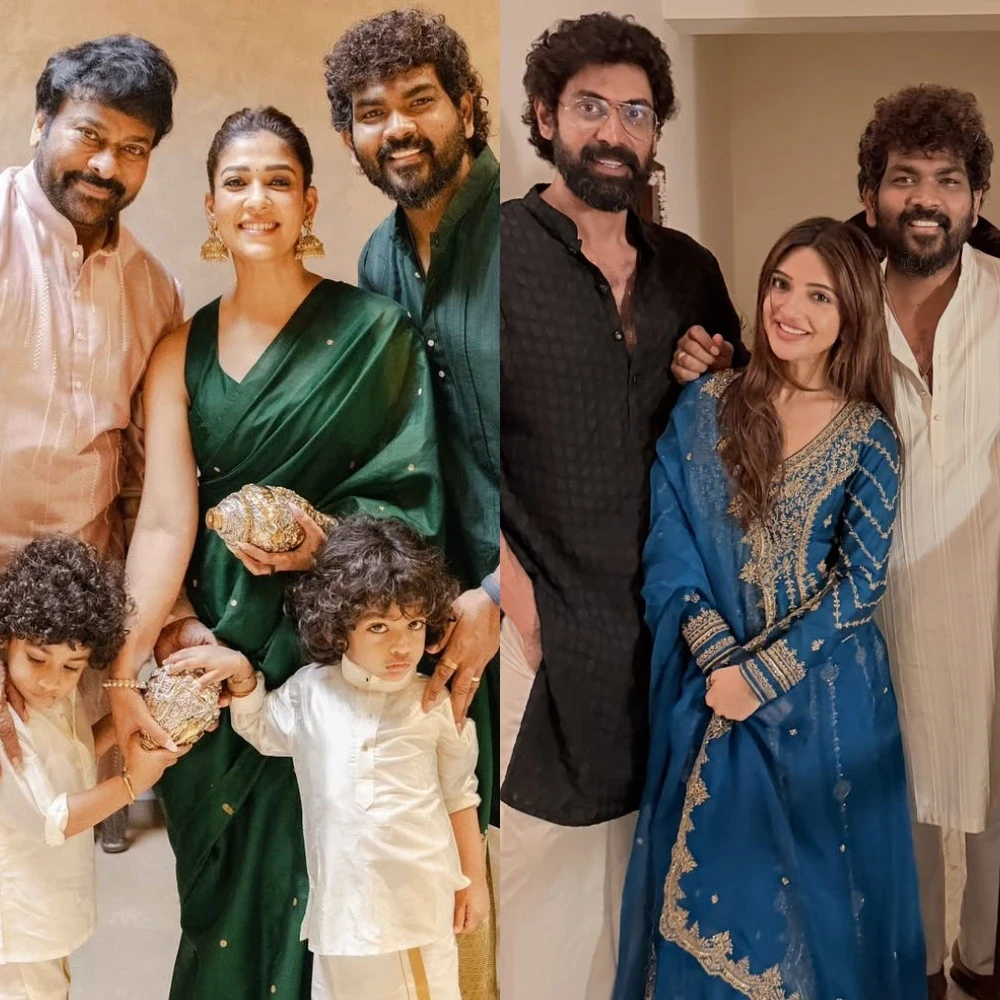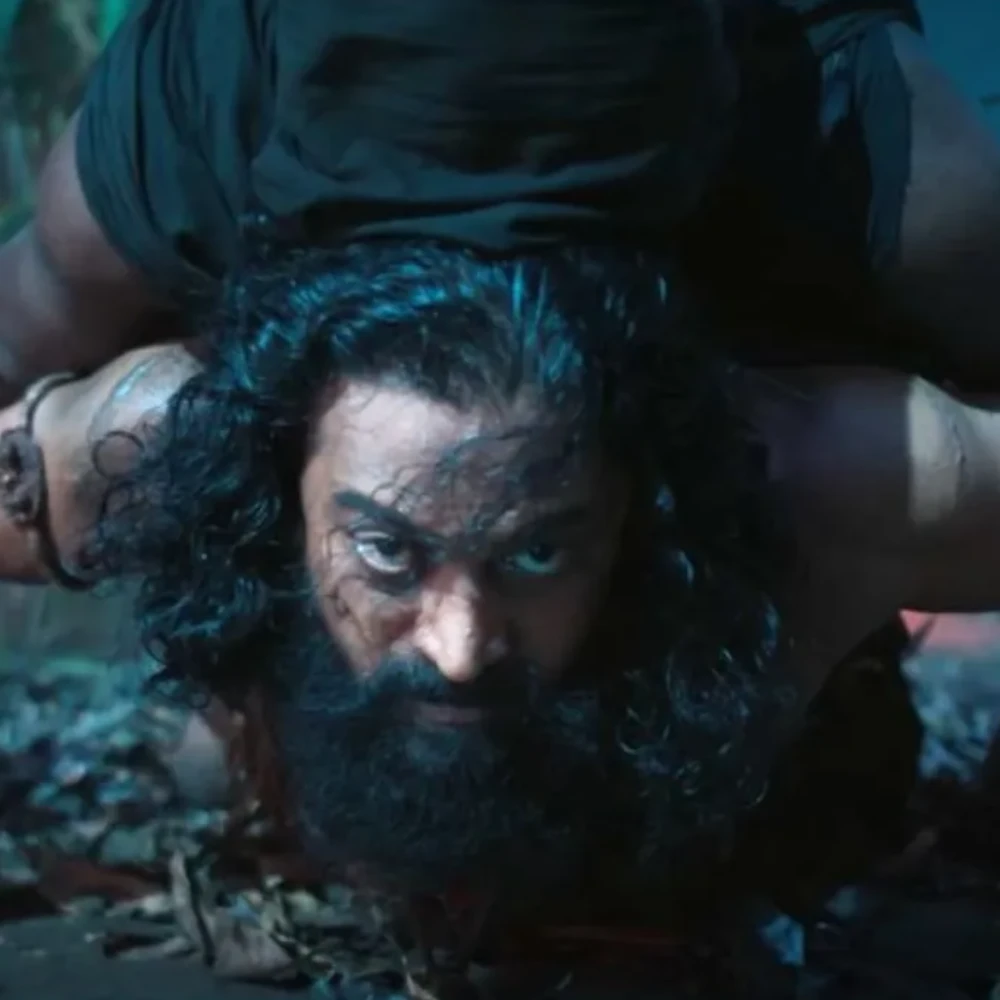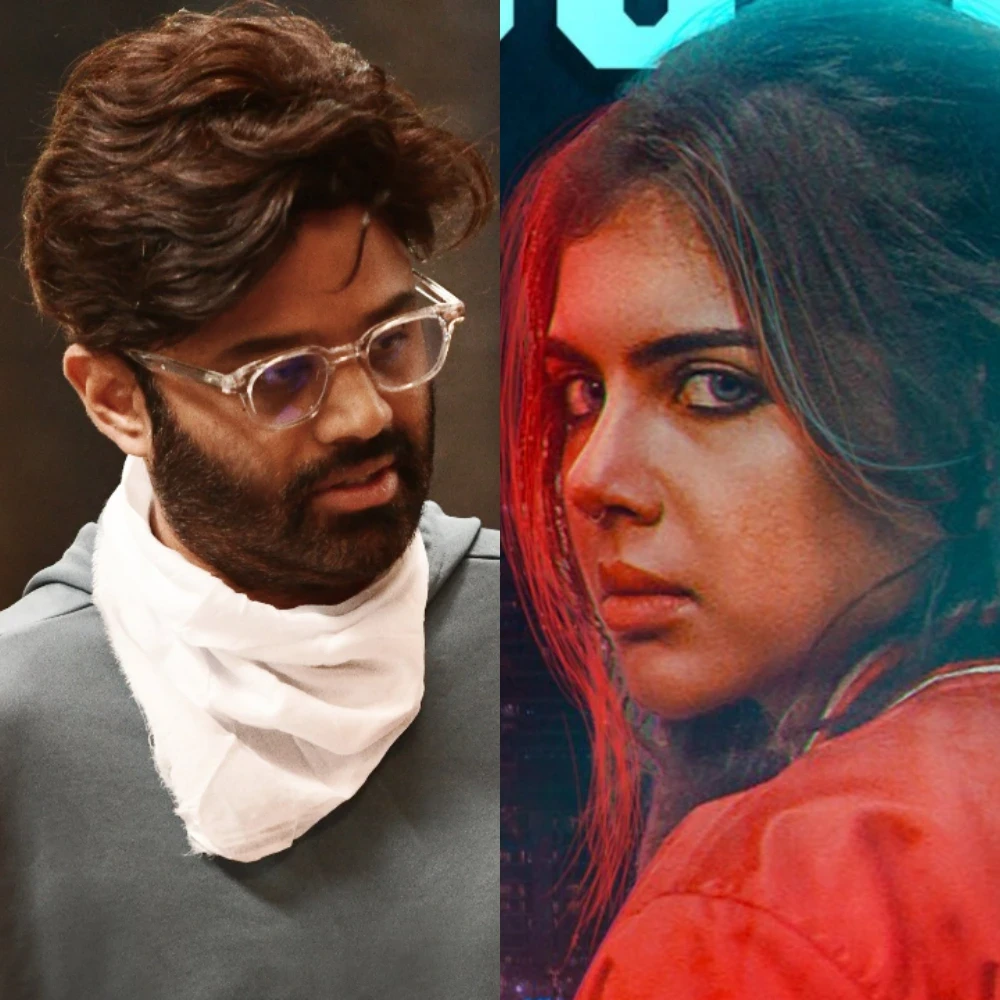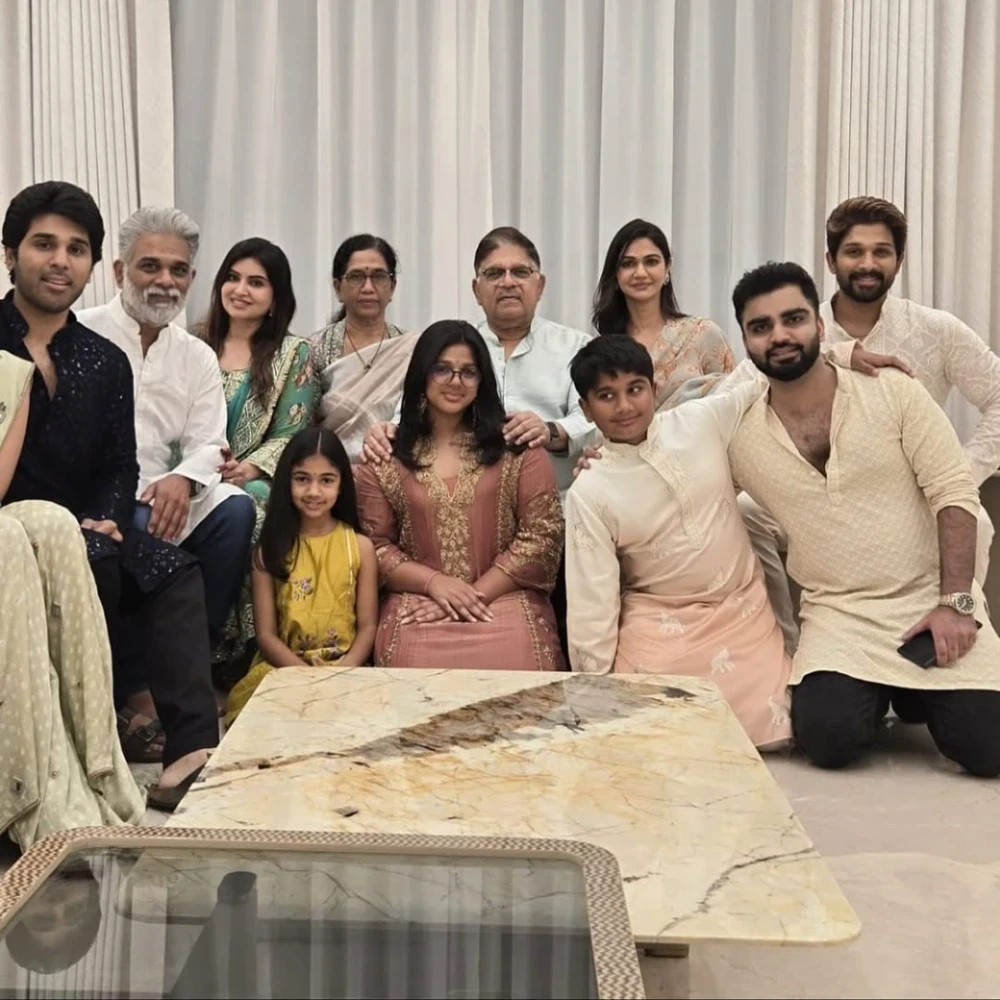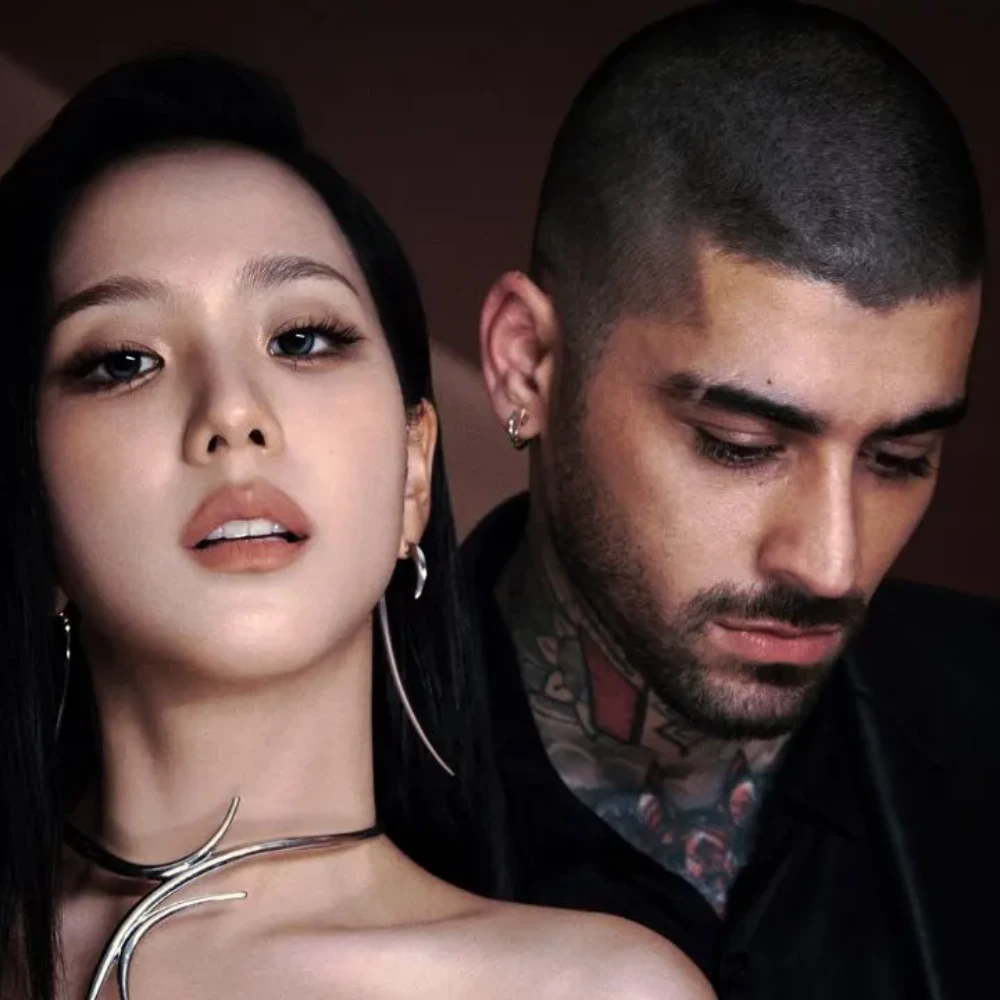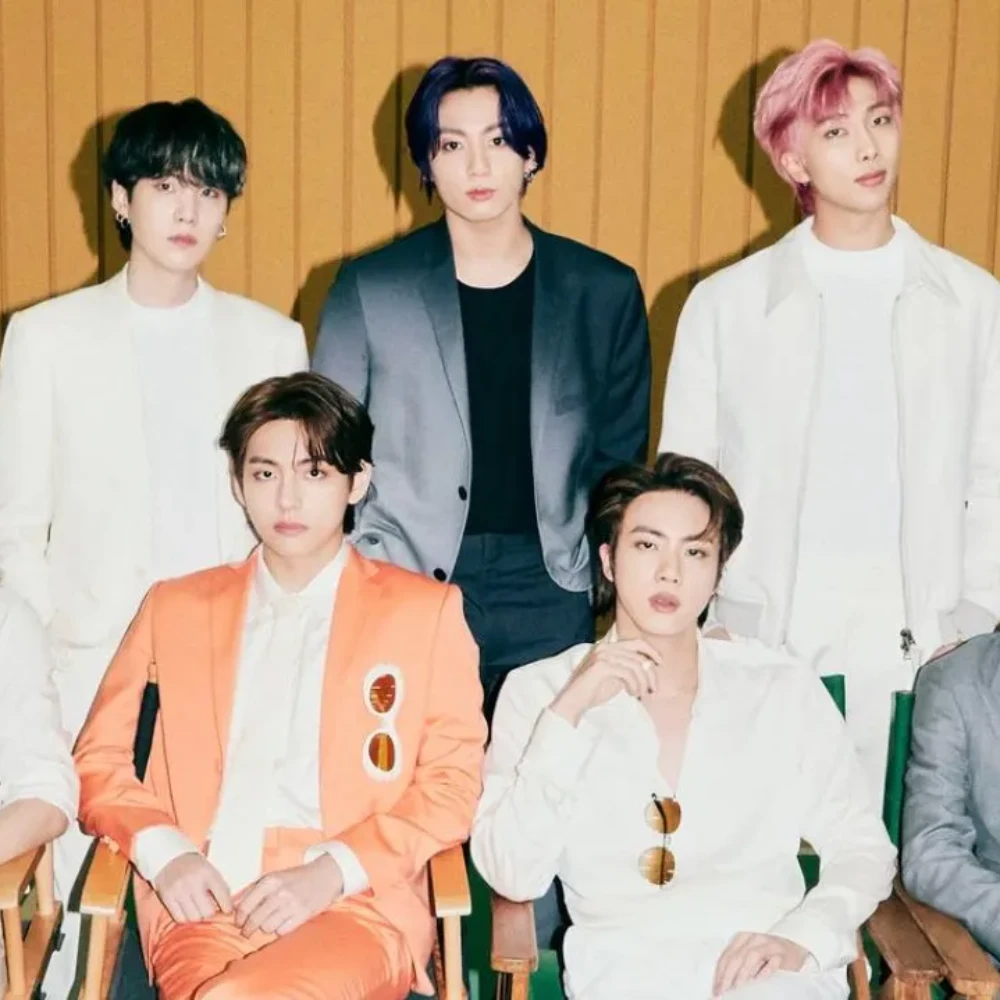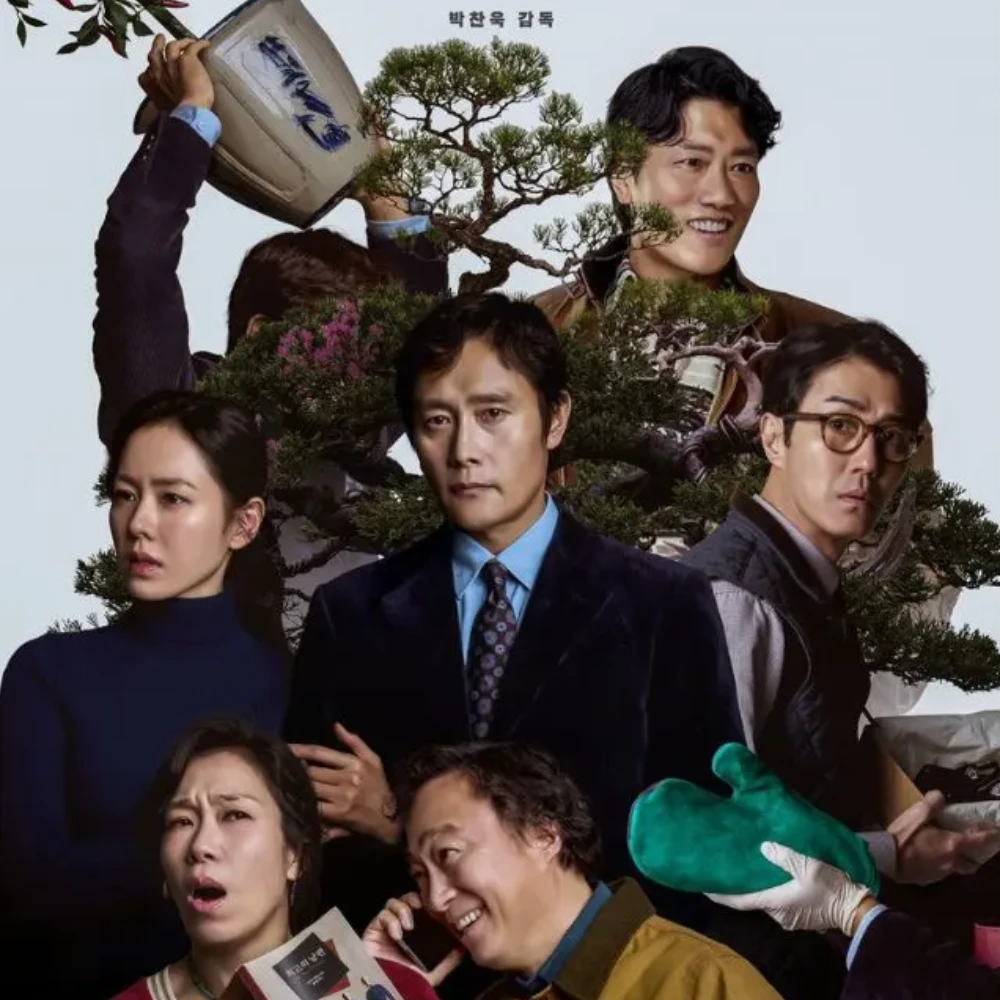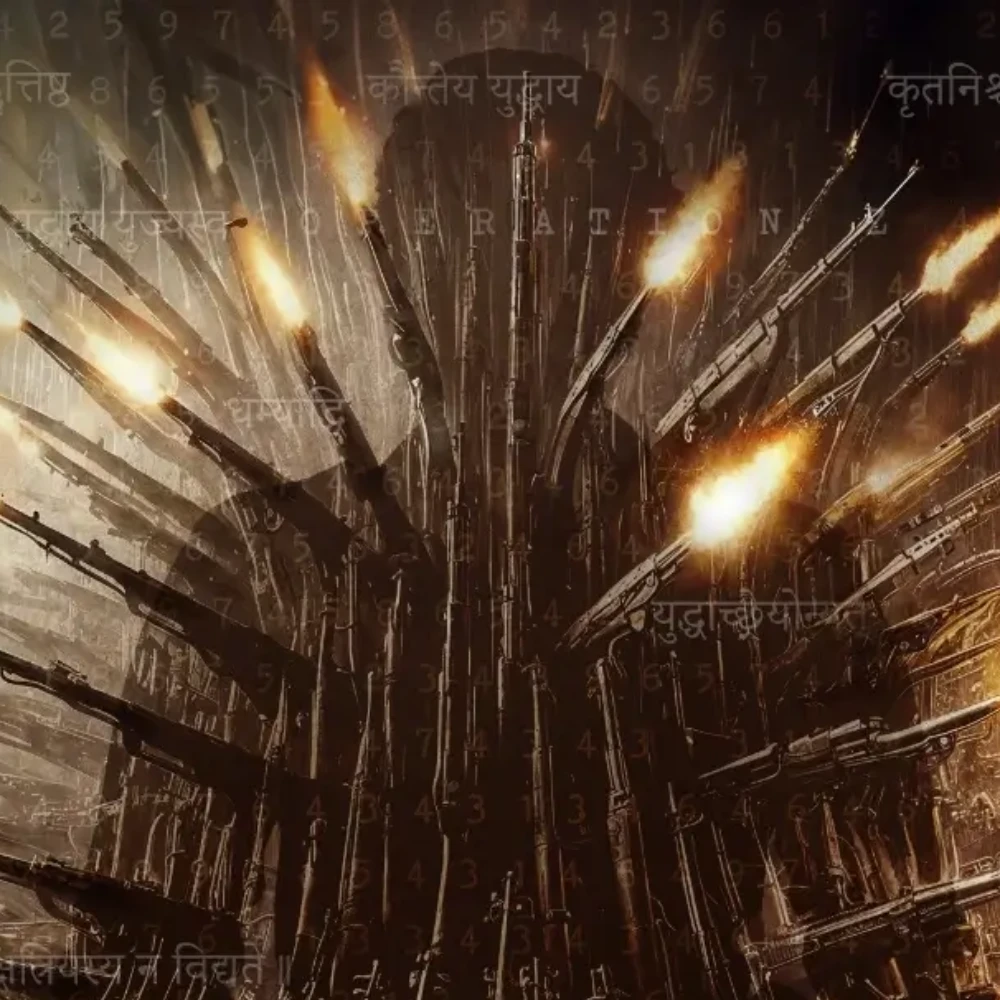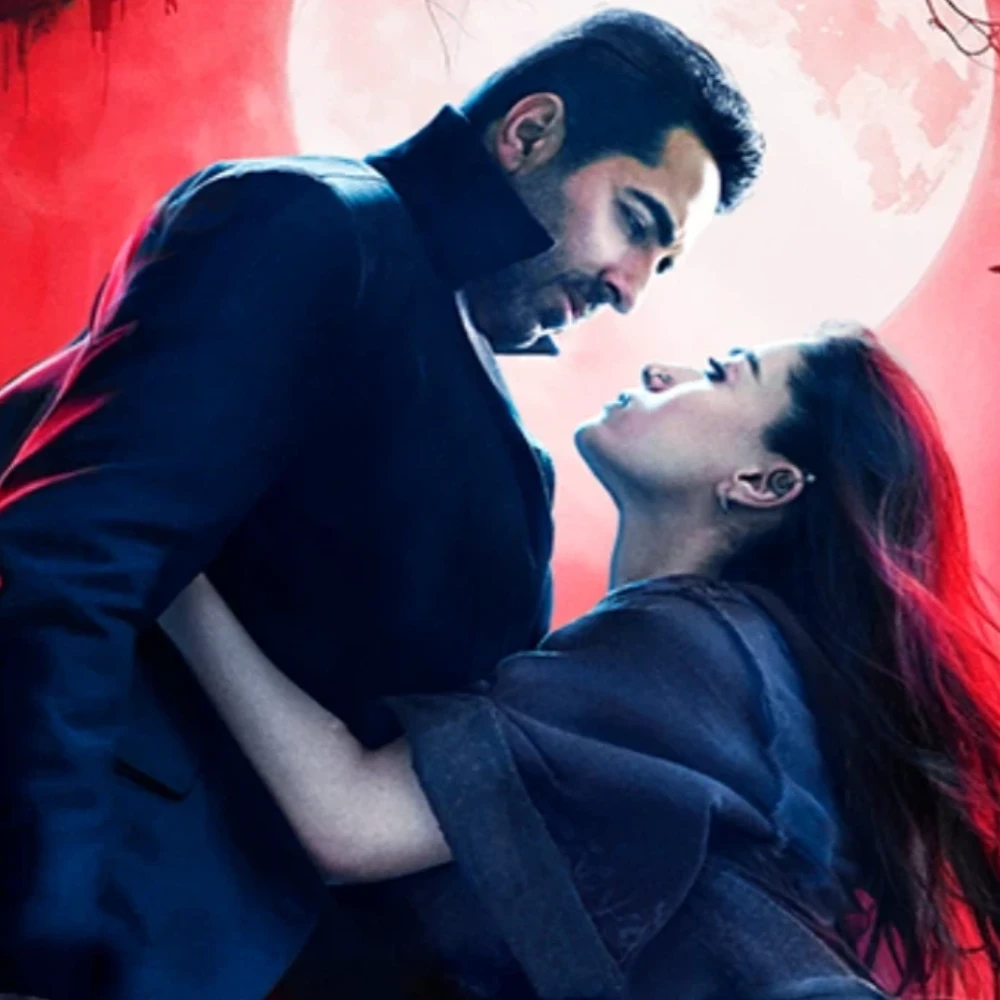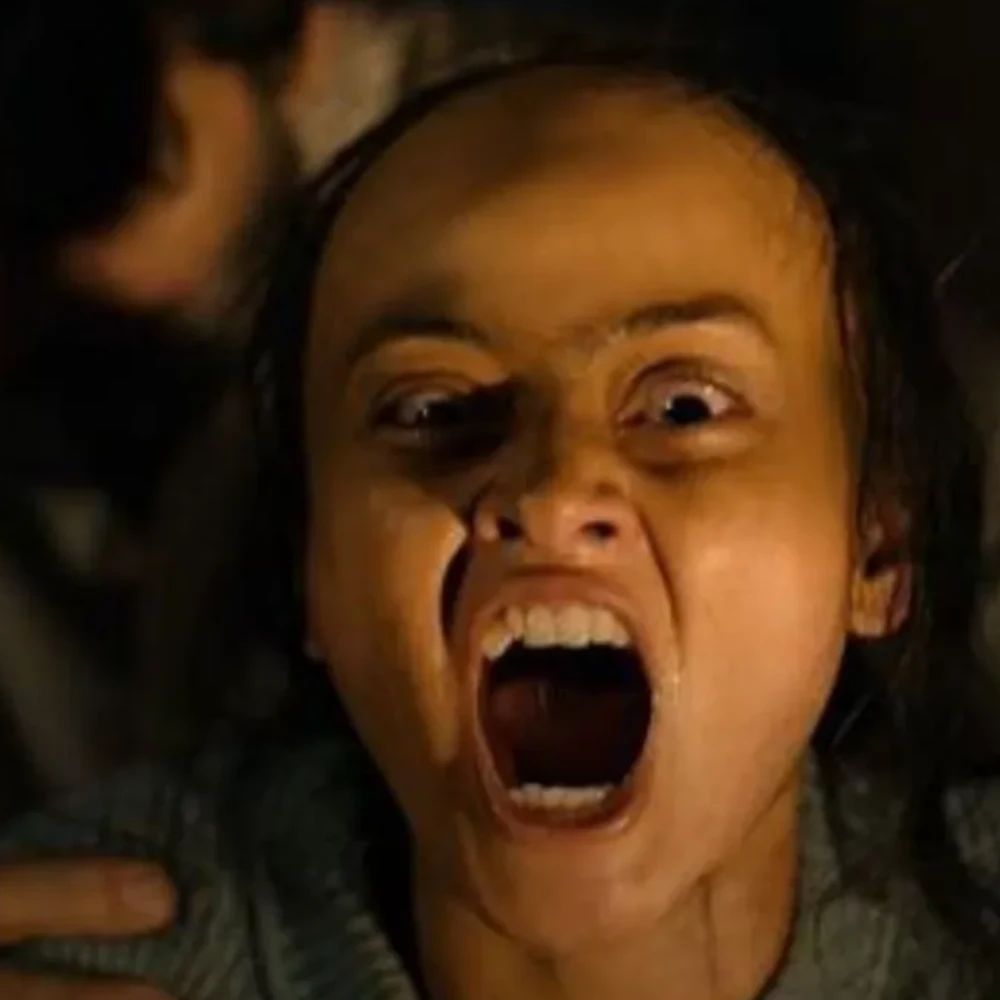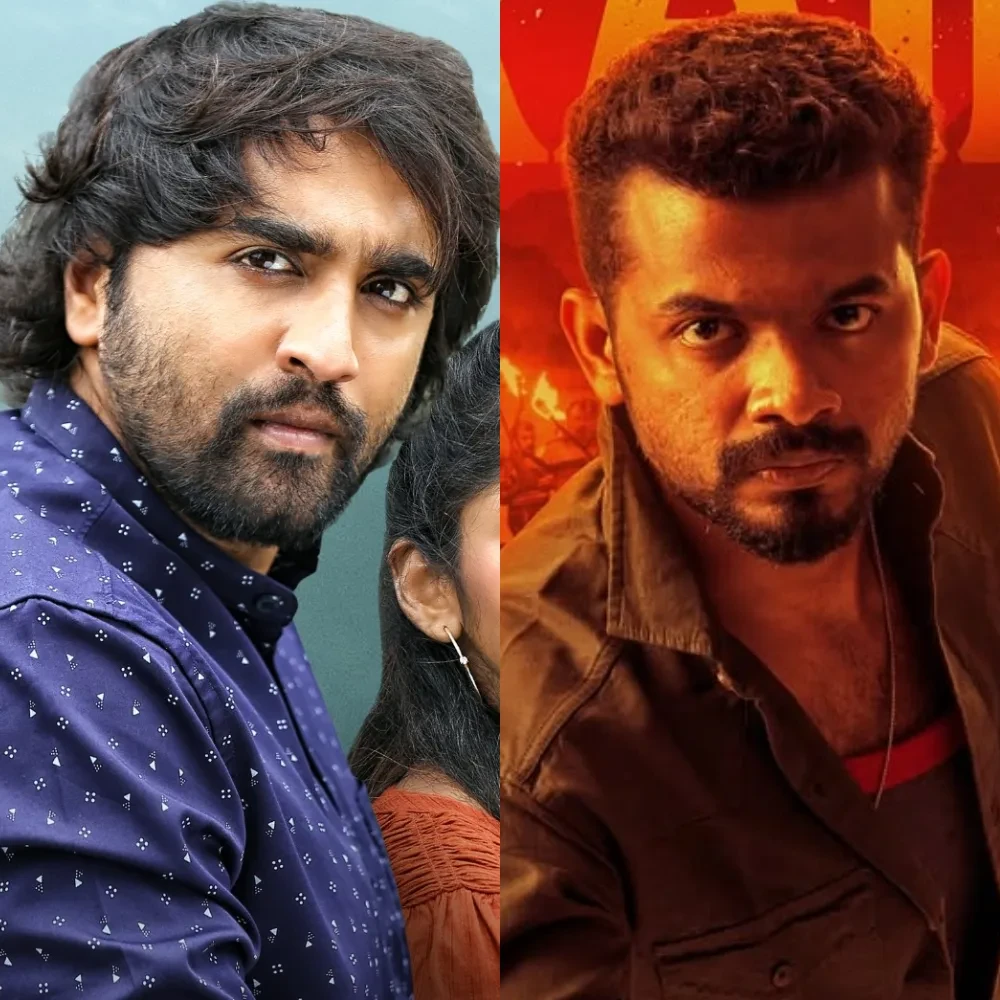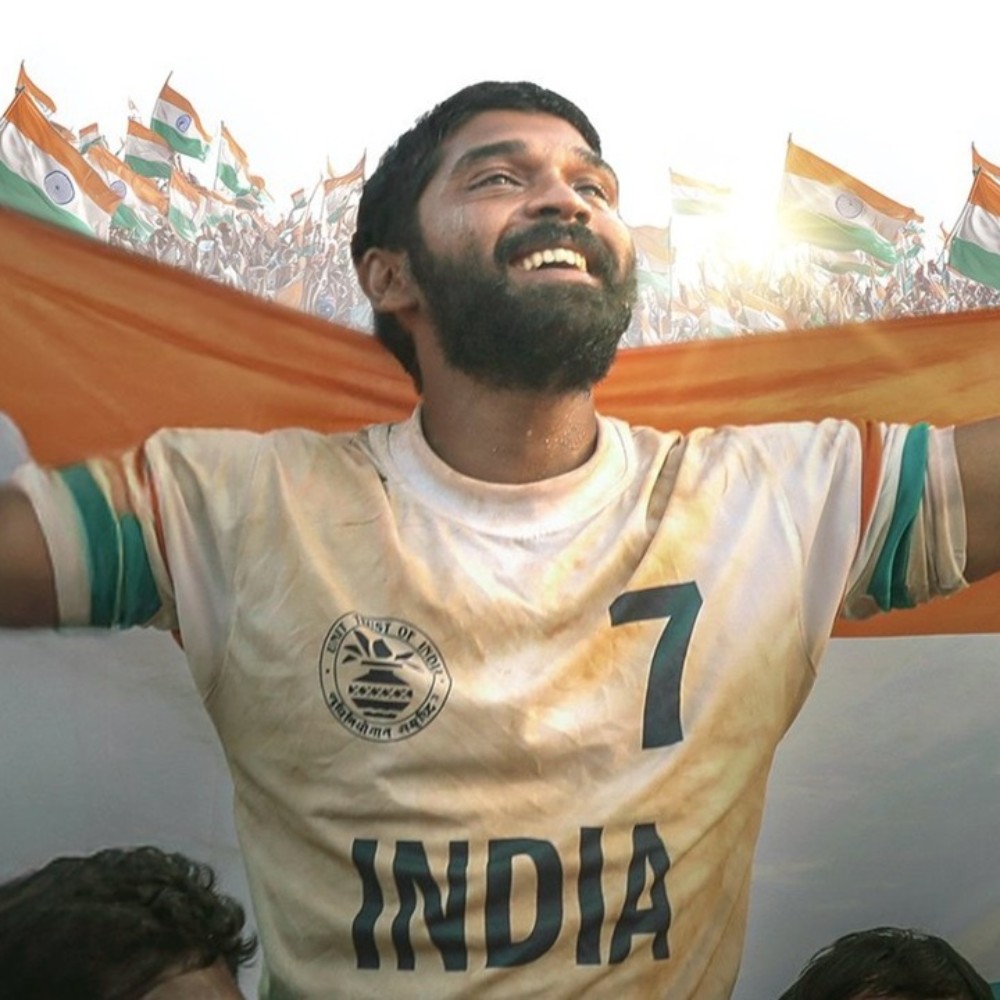Happy Park Chan Wook Day: Decoding star director’s cinematic brilliance in daring Korean films Oldboy, The Handmaiden, Thirst and more
Park Chan Wook turns 61 today. Let's celebrate the special day with a detailed look at his filmmaking style in popular movies like Oldboy, Thirst, and more.
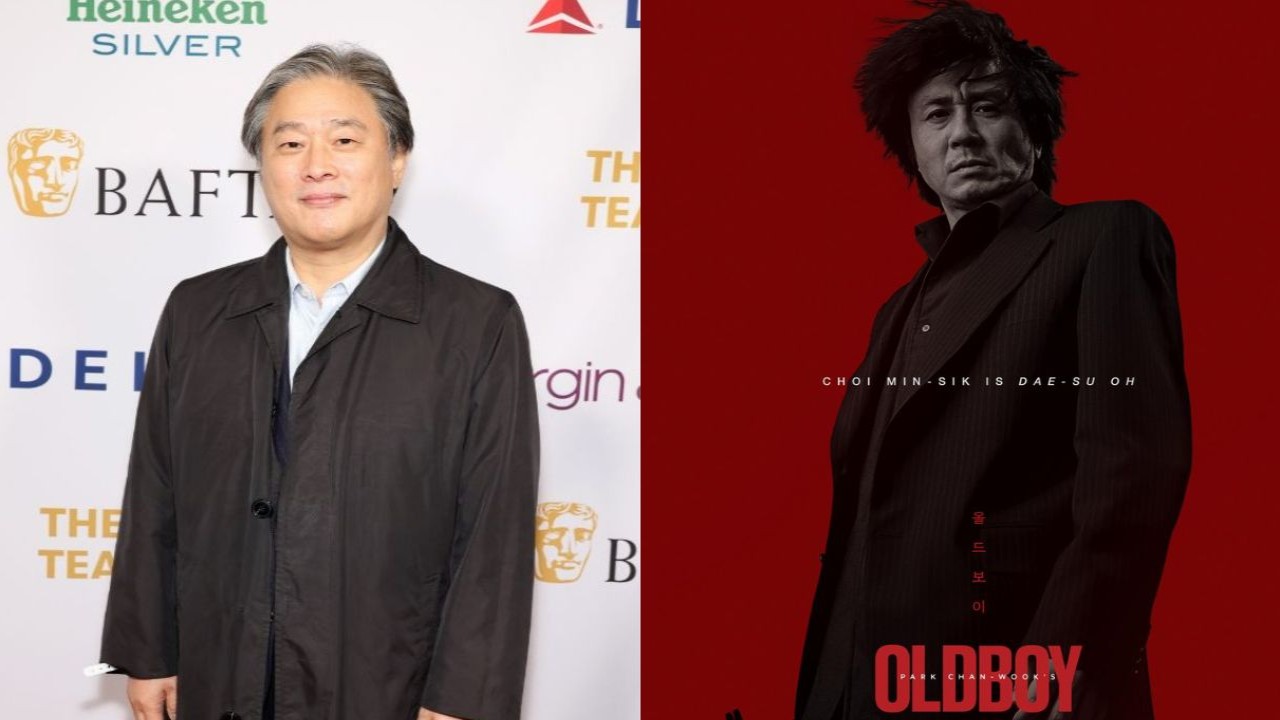
If anyone has mastered the art of directing, it’s Park Chan Wook. Highly regarded as an auteur, this celebrated director has reshaped the Korean film industry in more than one way. From Oldboy and Lady Vengeance to recent films like The Handmaiden and Decision to Leave, his movies are molded with nuanced storytelling and visual aesthetics.
A closer look at Park Chan Wook's masterful storytelling in his acclaimed films
On August 23, Park Chan turns 61. Let’s celebrate his birthday with a close look at his distinctive directing style in some of his most acclaimed movies.
1. Oldboy
A 2003 release, Oldboy is considered one of the most daring films ever created and a work cemented Park Chan Wook’s name as an auteur. Visual storytelling through violence is often considered his hallmark, and this Choi Min Sik starrer film showcases his masterful way of incorporating them into the narrative.
Unlike Quentin Tarantino, a filmmaker largely known for comic-esque portrayals of gore, this Korean director creates horrifying and extremely realistic violence that shakes your inside. One of the most famous scenes from Oldboy, where the protagonist Dae Su fights off a bunch of men in a corridor, is a brilliant way to analyze his masterful way of portraying violence.
In this action thriller, Park Chan Wook doesn’t shy away from creating an uncensored, messy, and non-choreographed feel. However, it’s never easy to kill a man in his film. The violence always bears consequences in Oldboy.
2. The Handmaiden
Released in 2016, The Handmaiden, starring Kim Tae Ri and Kim Min Hee, earned numerous accolades across the globe, thanks to Park Chan Wook’s strong grasp on his craft. This sapphic dark romance thriller helped viewers understand the director’s way of visual storytelling in a broader prospect.
In Handmaiden, he creates his own world through operatic themes with revenge and destiny with outrageous twists. In one of the most famous scenes and a turning point of the film, Park Chan Wook uses symbolism as the paramount.
When Sook Hee (played by Kim Tae Ri) first arrives at Lady Hideko’s (played by Kim Min Hee) residence, she looks out the window, embracing her new life. The director uses flat, wide-angle frames to capture this moment, often positioning them outside the window. He creates a magical moment that perfectly captures Sook Hee’s desperate desire to adapt to this new life, a life she isn’t part of yet.
3. Thirst
It’s never too easy to guess what the next subject of Park Chan Wook’s film will be. His 2009 release, Thirst, is also unpredictable in many ways. He narrates the story of a priest who is forced to live as a vampire despite his faith.
On paper, this film is his first foray into the horror genre and an ironic one on top of that. While it stays true to the blue vampire genre, the director makes sure his subversive style is portrayed.
However, he is rarely interested in true horror, so he uses it as a metaphor for a sinful transition. The story is about two individuals coming from different yet similar stifling backgrounds until they drift into the realms of freedom. To better convey this message, he eschews advocating for priest life; rather, this symbol-driven director uses recurring images, even objects, to connect all the dots in Thirst.
Needless to say, despite his lackluster attitude towards the horror genre, this Song Kang Ho and Kim Ok Vin starrer vampire movie is not suitable for a movie night with your kids.
4. Lady Vengeance
This Lee Young Ae and Choi Min Sik starrer crime thriller is the third and last film from Park Chan Wook’s popular Vengeance trilogy. The auteur is renowned for telling a story through the eyes of an anti-hero. However, as iterated before, violence always comes with a consequence in his film, and his Lady Vengeance protagonist, Lee Geum Ja, clearly gets a taste of that.
The story starts when she is released from a three-year prison sentence after taking the fall for kidnapping and murdering a 5-year-old boy. After a decade of planning, she finally sets out to execute her revenge against the sadistic authority who led her to the hellhole otherwise known as a prison.
Although Lee Geum Ja’s unconventional way of punishing evil might have you rooting for her, Park Chang Wook makes it clear that in Lady Vengeance, revenge is not about whether a person deserves it but rather an act that happens to the one deemed guilty.
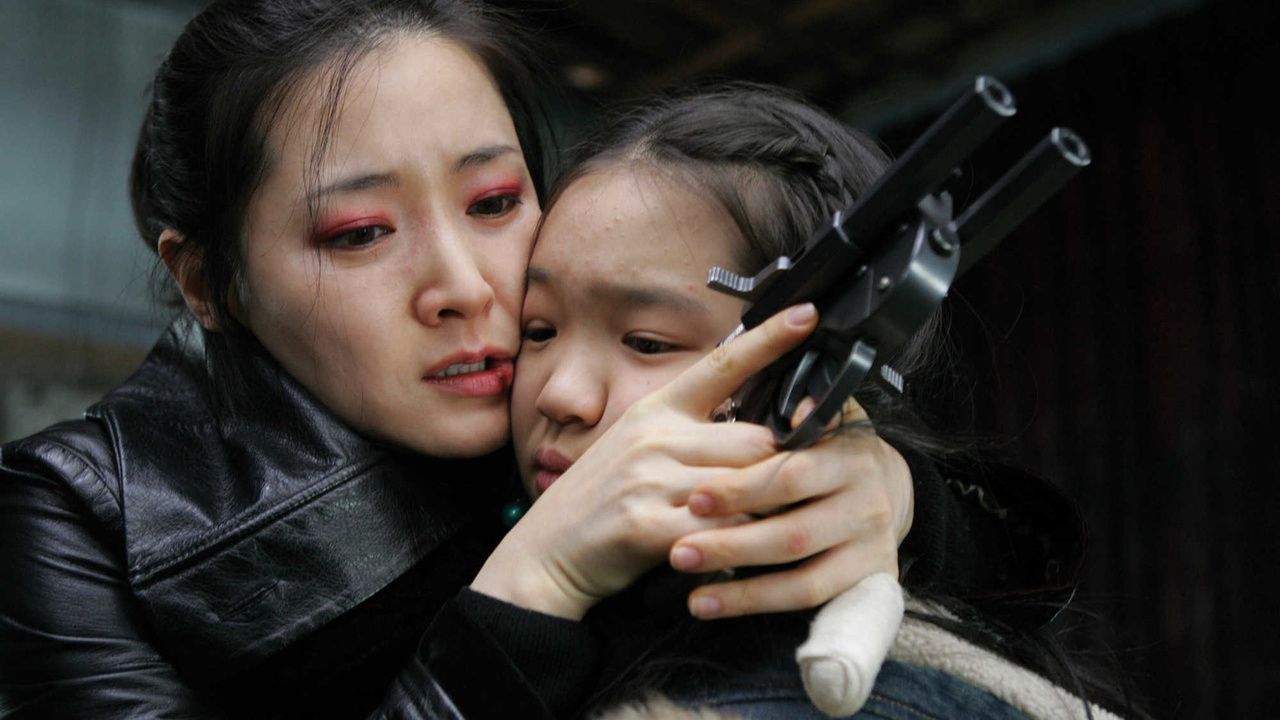
5. Decision to Leave
To better understand the evolution of Park Chan Wook’s style, we must have a look at his storytelling in Decision to Leave. Released in 2022, this film made him resort to methodical directing. He pledged that he would exercise a new form of narration by forging his signature graphic style and by leaning toward old-fashioned film construction.
However, he seemingly decided to leave behind the ultra-violence feel and explicit content in this film. A Hitchcock admired, particularly Vertigo, Park Chan Wook takes great joy in setting up nuanced and subtle layers in Decision to Leave.
Although Park Chan Wook’s distaste for explaining his directing style to the press often keeps viewers in the dark, leaving it up to interpretation, it is no stretch to say his films are works of art.
Dubbed as one of South Korea’s premiere cinematic voices, it’s hard to put his genres into a box. How he experiments yet succeeds with each work is beyond our understanding. As admirers, we can only look forward to his next creation.
A very happy birthday to Park Chan Wook.





 JOIN OUR WHATSAPP CHANNEL
JOIN OUR WHATSAPP CHANNEL







